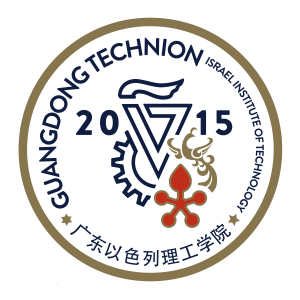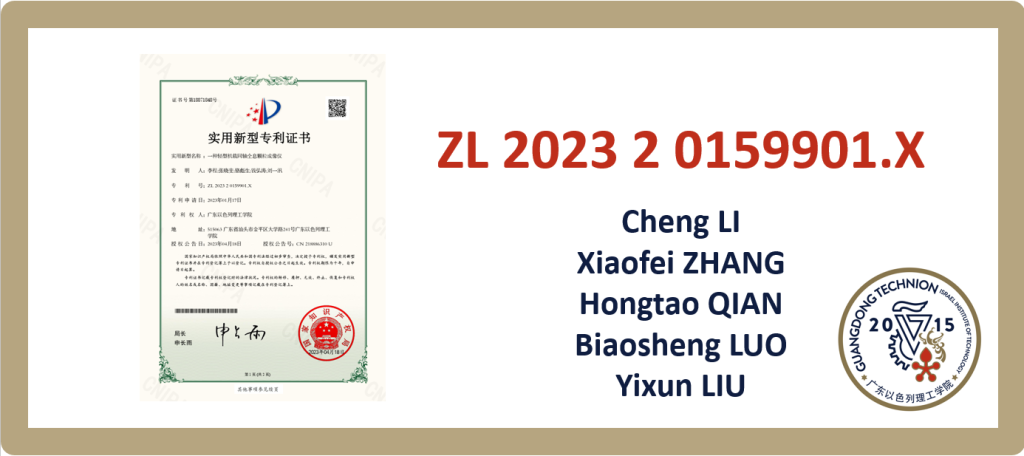ZL 2023 2 0159901.X – Coaxial Holographic Particle Imager with Adjustable Magnification
Researchers: Prof. Cheng LI, , Xiaofei ZHANG, Hongtao QIAN, Biaosheng LUO, Yixun LIU
Categories: Particle Imagers
Jurisdiction: China
Current status: Granted
Basic Information
The invention discloses a magnification-adjustable coaxial holographic particle imager, which comprises a shell, a light path component, an imaging system and a window sheet group, wherein the light path component, the window sheet group and the imaging system are arranged in the shell from front to back along the axial center in an aligned manner, and the light path component comprises a laser, a laser collimator, an objective lens, an optical filter and a collimating lens from front to back along the axial direction; the window sheet group comprises a front sheet group and a rear sheet group; the imaging system comprises a lens, an adjustable extension ring, a front fixed length extension ring, a rear fixed length extension ring, an adapter ring and an industrial camera which are connected from front to back along the axial direction; the shell is of an axially extending shell structure, the shell comprises a front section shell and a rear section shell, a through hole corresponding to the front end of the light path component is formed in the front end face of the shell, and a cable hole corresponding to the imaging system is formed in the rear end face of the shell. The magnification of the imaging system is adjustable, the sampling space is adjustable, and the application scene is enlarged.
Innovation
This project uses the principle of coaxial holographic three-dimensional particle imaging to achieve three-dimensional imaging of high-altitude particles by integrating optical path components, imaging systems and window groups. Compared with existing technology, it has the following innovations:
- Single-camera three-dimensional imaging: By introducing three-dimensional holographic particle imaging technology, the imager uses a single camera to achieve three-dimensional imaging of particles. Such a design greatly simplifies the structure of the imaging system and reduces manufacturing costs.
- High integration and small size: The optical path components, imaging system and window set are optimized and integrated in the casing, making the overall imager smaller in size and light in weight, making it suitable for light airborne equipment.
- Light and portable: The reduced size and weight make the imager easy to carry and deploy in a variety of scenarios. It is especially suitable for airborne platforms such as drones to facilitate image collection of high-altitude particles.
This innovative technology has broad application potential and can be used for imaging of microscopic solids, liquids, and solid-liquid microscopic particles containing plasma. Its application prospects are very broad in the fields of fluid mechanics research, aerospace, atmospheric and ocean detection, environmental agricultural science and other fields. By realizing three-dimensional particle imaging, we can gain a deeper understanding of the position, motion state and structure of particles, providing strong support for research and applications in related fields. In addition, this innovative technology can be combined with existing machine learning-based 3D reconstruction and particle identification algorithms (patent pending), bringing great potential to application fields such as high-throughput biomedical detection. By integrating holographic particle imaging technology with machine learning, more intelligent and efficient microscopic biological particle image processing and analysis can be achieved, thereby expanding the application of this technology in biomedical detection and other fields, such as cell counting and pathogen detection. and drug screening.

